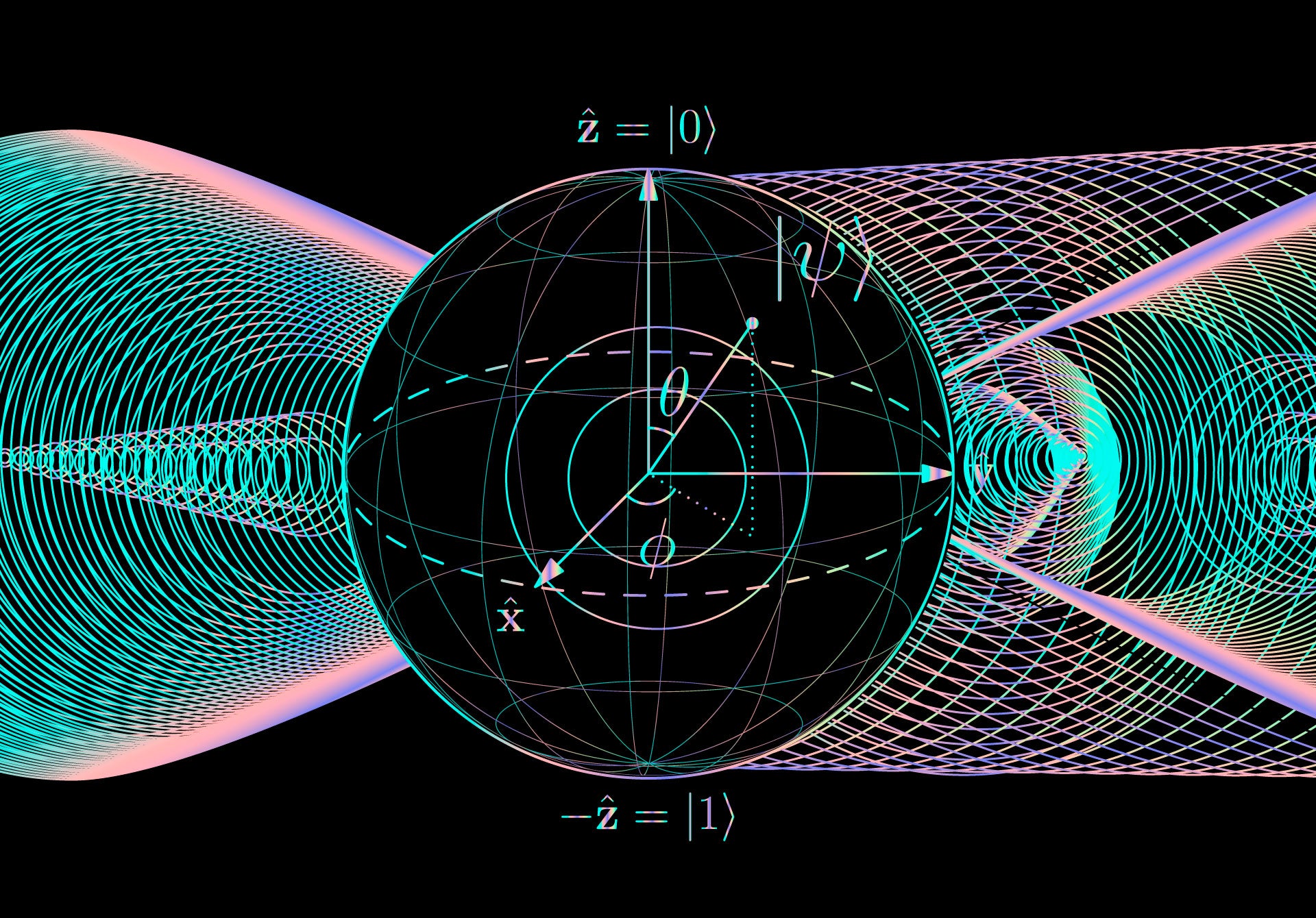
Scientists have simulated a quantum computer on a classical computer, providing greater insight into how the emerging technology works.
The simulation tool, which was created by scientists at Linköping University, is known as Quantum Simulation Logic (GSL).
It can simulate a quantum computer by the inclusion of a single additional property: an extra degree of freedom for each bit involved in a given calculation.
This allows it to simulate the defining difference between quantum computers and classical computers: while the bits in classical computers can only have one of two values – a one or a zero – quantum computers’ quantum bits, known as qubits can also exist in any superstition of the two values.
“We have shown that the major difference is that quantum computers have two degrees of freedom for each bit,” said Professor Jan-Åke Larsson, from the Division for Information Coding at the Department of Electrical Engineering, Linköping University.
“By simulating an additional degree of freedom in a classical computer, we can run some of the algorithms at the same speed as they would achieve in a quantum computer.”
How well do you really know your competitors?
Access the most comprehensive Company Profiles on the market, powered by GlobalData. Save hours of research. Gain competitive edge.

Thank you!
Your download email will arrive shortly
Not ready to buy yet? Download a free sample
We are confident about the unique quality of our Company Profiles. However, we want you to make the most beneficial decision for your business, so we offer a free sample that you can download by submitting the below form
By GlobalDataQuantum computer simulated to provide algorithm insight
The quantum computer simulation is, of course, not a true quantum computer and does not use qubits, but instead simulates such a machine in order to provide greater insights about how the machines should be built.
“Each bit has two degrees of freedom: it can be compared with a mechanical system in which each part has two degrees of freedom – position and speed,” said Larsson.
“In this case, we deal with computation bits – which carry information about the result of the function, and phase bits – which carry information about the structure of the function.”
In order to gain such insights, the scientists have run a selection of algorithms already developed for quantum computers that concern how they function.
These have provided a deeper understanding of how such machines work.
“The result shows that the higher speed in quantum computers comes from their ability to store, process and retrieve information in one additional information-carrying degree of freedom,” he said.
“This enables us to better understand how quantum computers work. Also, this knowledge should make it easier to build quantum computers, since we know which property is most important for the quantum computer to work as expected.”
The research is published in the journal Entropy.
Read more: IBM unveils first quantum-safe tape drive to protect today’s data tomorrow




